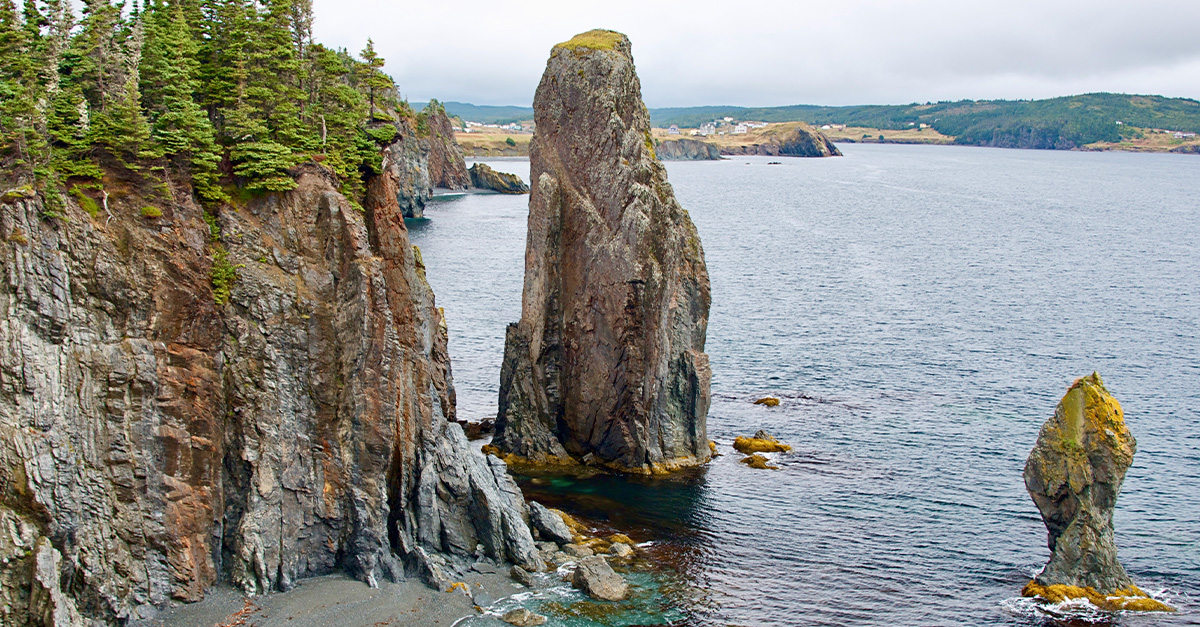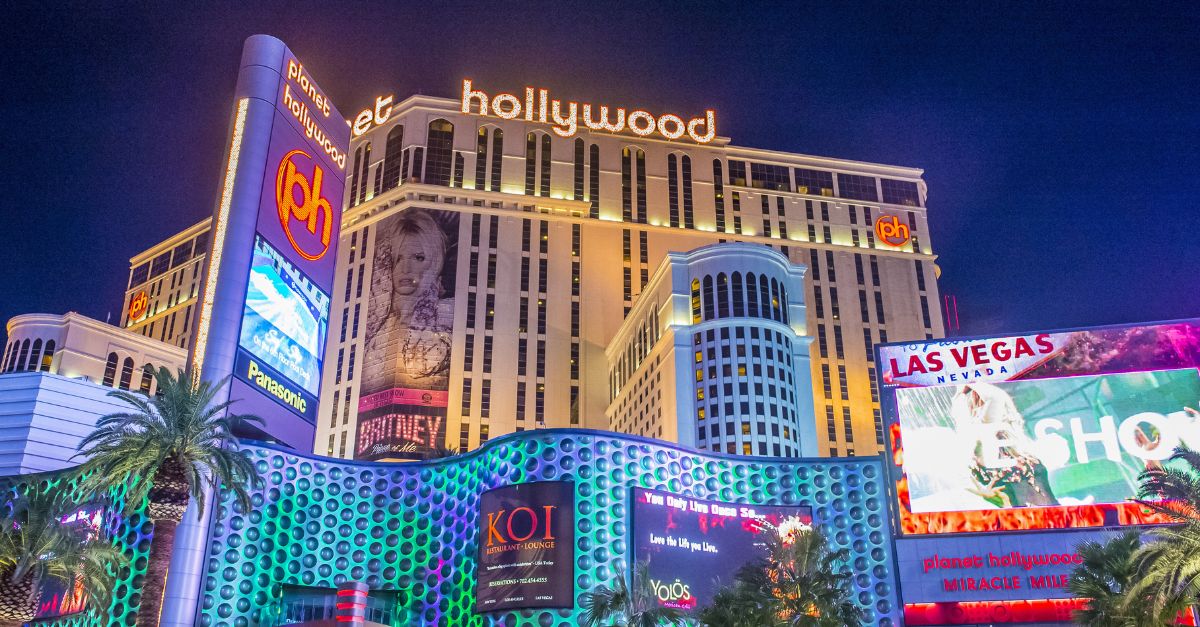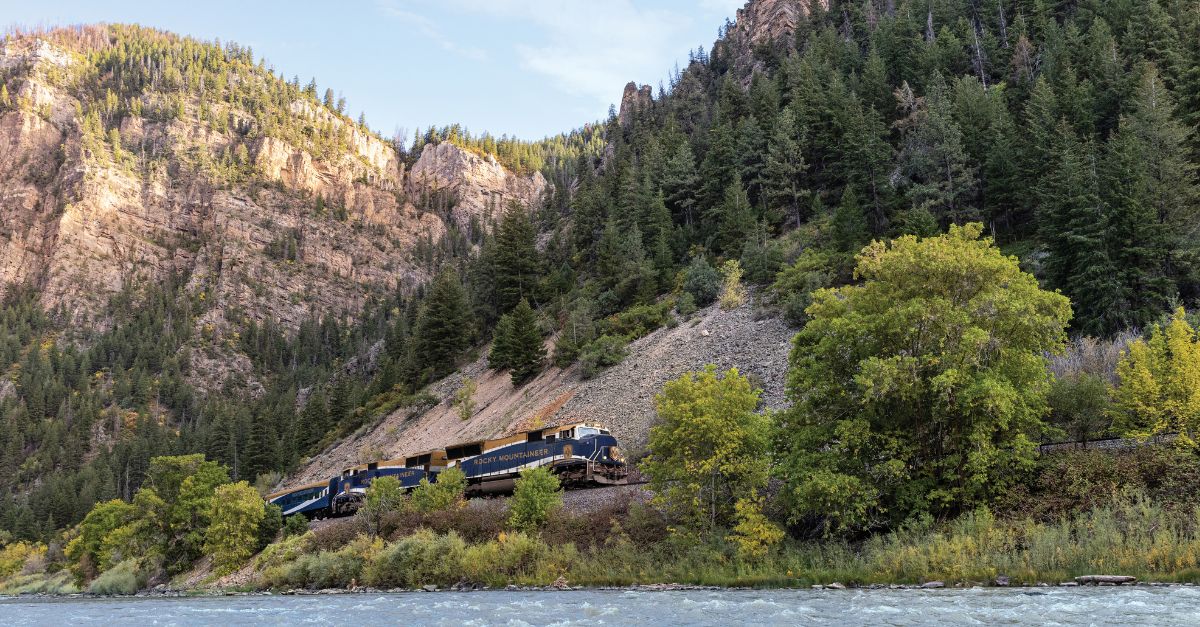Image credit: Yellowstone National Park
Yellowstone National Park is even more magical in winter, finds Katie McGonagle
Like this and want more details? Click here to download and save as a PDF.
Gurgle-gurgle. Whoosh-thump-whoosh. Blurp-gurgle-pop. Yellowstone is every bit as beautiful as I’d expected from its photos of frost-bearded bison or wolves picking their way through the snow, but I had no idea until now that it came with sound effects.
Things might seem calm on the surface, but this is a landscape where the very ground at your feet bubbles and gurgles with volcanic energy, where towering plumes of steam erupt at faithful intervals or with alarming unpredictability, and where herds of bison and elk roam free while humans must stick to the rules.
More than half of the world’s geothermal features and North America’s biggest supervolcano are scattered across its 3,500 square miles, and it’s that unique volcanic activity that first caught the attention of explorers.
So incredible were their tales of steaming fumaroles and bubbling mud pots that they were dismissed as fantasy for more than 50 years, until organised expeditions to the region finally revealed them to be true, prompting Yellowstone’s designation as the first US National Park in March 1872.
That was still way ahead of its time, decades before the formation of the National Park Service, which celebrates its centennial this summer. Yet that park status not only saved its unique geothermal features from interference, but also helped turn this huge area into a protected landscape where all kinds of wildlife are free to thrive.
So why visit in winter, when the mercury is well below zero and several-feet-deep snowdrifts persist from October to May?
The park hit a record high of 4 million visitors last year, but only 3% of them came in the winter months, so while it might mean packing a few extra layers, it’s well worth it for the untouched snowy scenery and the lack of crowds to interrupt the view.
Potential energy
Tauck calls its escorted tour Wonderland: Yellowstone in Winter, and wandering past its gushing geysers and bubbling mud pools – sometimes dubbed ‘paint pots’ because of their distinctive colours – I feel a bit like Alice, having slipped into surroundings so surprising and unfamiliar that I can’t quite be sure it’s still the same planet.

Image credit: Yellowstone National Park
In fact, this region is so other-worldly it was used as a setting for Spock’s home planet Vulcan in Star Trek: The Motion Picture.
Of course I didn’t get here by falling through a rabbit hole, but rather by flying to Bozeman, Montana, an hour and a half north of the park, and accessible with a connection from US hubs such as Seattle, Minneapolis-Saint Paul, Salt Lake City, Denver and Chicago.
That lengthy flight is well worth it to see the park’s wintry landscapes first-hand, from the Grand Canyon of Yellowstone, impressive in summer but an entirely different spectacle blanketed in thick snow, to the huge Yellowstone Lake, which ices over as far as the eye can see, disappearing into the blue-tinged mist of the distant mountains.
But it’s the thermal features that really set this park apart from any other in the world, with more than 10,000 fumaroles, hot springs, geysers and mud pools scattered across its vast territory.
There are well-known ones like Old Faithful, which even has a webcam capturing every one of its eruptions at predictable 90-minute intervals, or Black Sand Basin, where the boardwalk thumps and thuds with the rolling boil of the geysers below, and they don’t fail to impress up-close.
Yet it was the smaller, unexpected thermal features – the tiny little geyser we stumbled across while snowshoeing in the back-country, or the hot springs sighted by the side of the road – that really stood out, proving this landscape can throw up surprises when you’re least expecting them.
Wild at heart
The other pillar of Yellowstone’s appeal is wildlife, which is often easier to spot in winter as the animals’ dark colouring stands out against the snow-covered background. There’s certainly no need to worry about spotting bison – with nearly 5,000 at the last count, these huge creatures are a common sight.
More elusive is the red fox, the coyote and, rarest of all, the wolf. We managed to see all of them – known as a ‘three-dog day’ – with a bit of luck and some eagle-eyed spotting from our guides.
In fact, wildlife seemed to be so abundant I can see why the Lamar Valley in the northern reaches of the park is known as ‘the Serengeti of Yellowstone’, as every stop turned into the sighting of a new species; from bighorn sheep perched on the steep hillside to a rough-legged hawk spied sitting on top of a tree, having flown south from the Arctic for winter.

Image credit: Yellowstone National Park
That safari comparison seemed even more fitting later as we pulled over to watch a young bald eagle and a handful of ravens feeding off the remains of a coyote carcass, and two mature bald eagles perched in the treetops above.
In a blink-and-you’ll-miss-it moment, one of the older pair swooped down from the trees and challenged the smaller birds for the kill, scaring them off in a supreme display of dominance worthy of any lion on the plains of Africa.
Sure, it’s a few degrees cooler and on a different continent from a typical safari, but this extraordinary region has a surprisingly similar appeal for adventurous travellers in search of a wildlife break with a difference.
As America gets ready to celebrate the foundation of one of its greatest achievements – preserving vast tracts of its wildest landscapes for future generations – now is the time to go back to where it all began.
Sample product
Tauck’s nine-day Wonderland: Yellowstone in Winter tour, part of its ‘Culturious’ programme of small group, culture-focused tours, starts from £2,960.
It departs on January 22 and 31 or February 12 and 21, 2017. The price includes transfers, accommodation (see Where to Stay), most meals, tips, guided sightseeing, a scenic drive through Grand Teton National Park, a visit to the National Museum of Wildlife Art, and talks from local experts including wildlife cinematographer Bob Landis.
tauck.co.uk/agent/agentservices
Ask the expert
Ray Steward, UK & Ireland country manager, Tauck:
“In winter, the normal crowds are gone, so the opportunities to see wildlife are incredible, and the park has a special majesty and serenity. Wildlife viewing is enhanced in winter because ground cover is thinner and animals stand out more clearly against a white background of snow. Also, heat from the park’s geothermal features can reduce snow accumulations in specific areas, attracting grazing animals that dig through the shallow snow to reach underlying grasses. Those grazing animals in turn often attract wolves and other predators that help make a winter experience in Yellowstone so memorable.”
Where to stay
Chico Hot Springs Resort, Pray, Montana
This mountain lodge-style spa resort has friendly service and a homely vibe, built in 1900 around natural hot springs that now feed the pool. Its simple, spacious rooms are split between the main building and a host of cabins and cottages, plus there’s a poolside grill and saloon with live music to complement the main restaurant. chicohotsprings.com
Mammoth Hot Springs Hotel, Yellowstone National Park
As one of only two park properties open in winter, this grand dame is popular year-round. Built in the 1930s, it shows its age in places, but is set to be refurbished in the next couple of years. yellowstonenationalparklodges.com
Old Faithful Snow Lodge, Yellowstone National Park
The park’s alternative winter accommodation is newer and more comfortable, with well-appointed rooms, ski lodge-style décor and a homely restaurant serving hearty portions. However, its main selling point is its proximity to Old Faithful geyser and to snowshoeing or cross-country skiing routes. yellowstonenationalparklodges.com
The Wort Hotel, Jackson Hole, Wyoming
This heritage property has strong western roots, displaying its 1940s blackjack table and roulette wheel in the bar, and with the town’s cowboy culture dominating its artwork. It’s the most luxurious hotel on this tour, and has a great central location. worthotel.com




